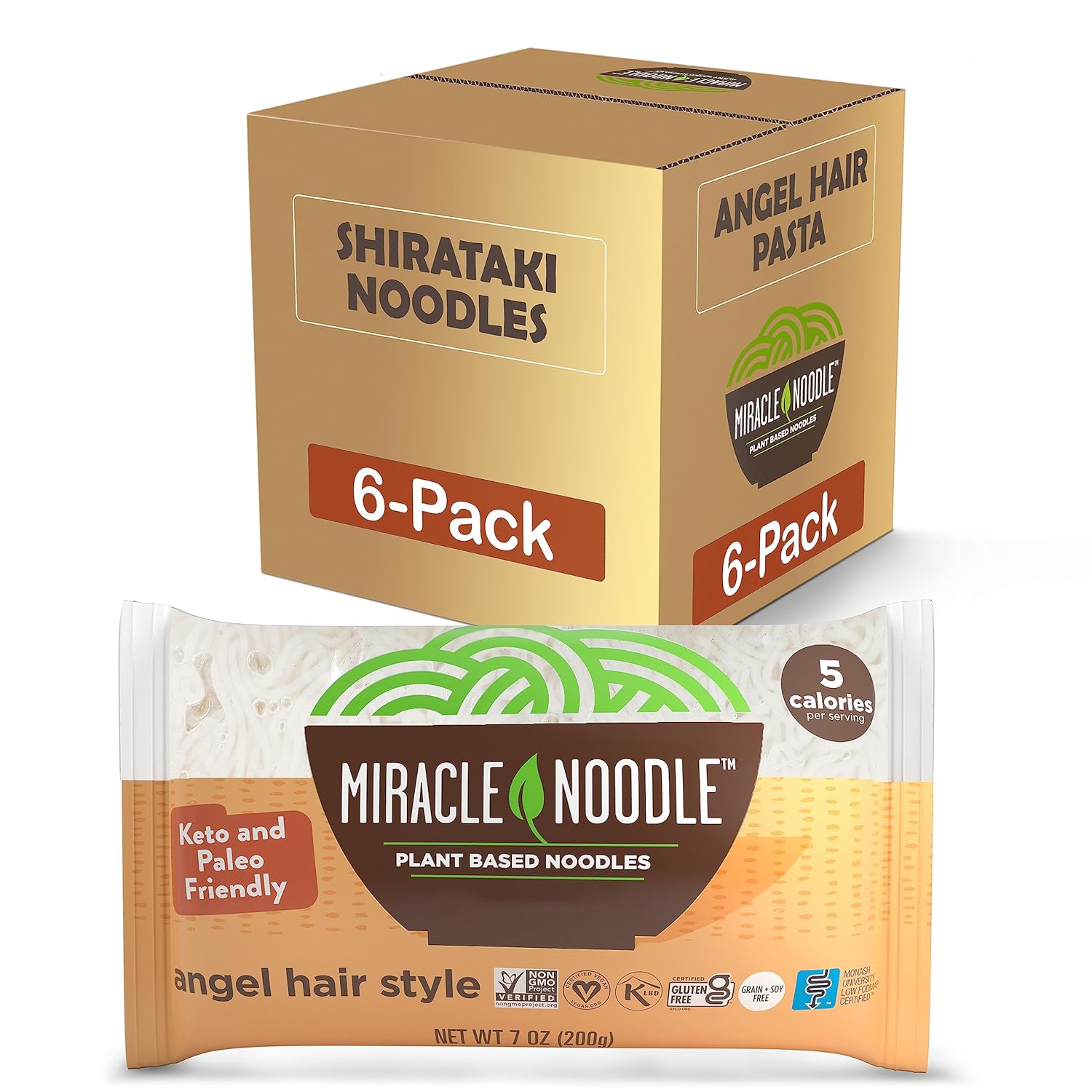Topics on the Miracle Noodle blog intentionally shy away from the pandemic for the most part. There’s enough bad news reported about the coronavirus in the media; we don’t need to add to your stress. However, if there is one health topic above all others that should be addressed in regards to the pandemic, certainly vitamin D would be near the top of the list.
Over the past six months or so, numerous studies demonstrate that people with higher vitamin D levels, have a reduced risk of catching COVID-19 and a less severe outcome if they do contract the virus, says Perry Holman, Executive Director of Canada’s Vitamin D Society. (Holman references five studies including this one and this one.)
Not surprisingly, Covid cases dropped throughout the country over the summer because people were spending time outdoors. But now that “the long, dark winter” is upon much of the country, most people will be vitamin D deficient.
Do You Need To Take A Vitamin D Supplement?
The only way to know for sure if you’re vitamin D deficient is to get a blood test. Unfortunately, many people are reluctant to visit a health clinic because of the pandemic. But fortunately, you can take an at-home 25(OH)D test. Otherwise known as the 25-hydroxy vitamin D test, it’s the most accurate way to measure how much vitamin D you have in your blood. The Vitamin D Society recommends maintaining levels between 100 - 150 nmol/L.
If you have recently tested positive for coronavirus or believe you may have symptoms, taking a vitamin D supplement may not prove to render the virus harmless. That’s because it takes some time for your blood levels of vitamin D to fall within the optimal range. It doesn’t happen overnight.
Best Source Of Vitamin D
Research suggests over a third of all people in the U.S. are deficient, and up to 60% of nursing home residents, the most vulnerable population to Covid, have insufficient vitamin D in the blood.
The best source of vitamin D is the sun. As the Vitamin D Society’s Hollman puts it, “Your body was designed to make vitamin D – not to take it.” Hollman also refers to the research of world-renowned vitamin D expert, Dr. Michael F Holick, of Boston University’s School of Medicine.
Holick says, “If the body could say which method it prefers to get its daily dose of vitamin D, it would hands down give a standing ovation to sunlight sources of vitamin D rather than a bottle. After all, why else would it spend so many millions of years perfecting this clever self-regulating process?”
But this begs the question that unless you’re living in Miami or San Diego, how are you supposed to maintain adequate levels of vitamin D during the winter?
Keep reading to find out.
How Much Vitamin D Do You Need Per Day?
The Vitamin D Society recommends 4,000 International Units (IUs) per day. Unfortunately, the foods with the most vitamin D have two problems going for it. First of all, they contain D2. Your body prefers D3 manufactured from sunlight. Secondly, foods with vitamin D don’t actually contain a very high amount of this nutrient.
That being said, you should strive to include vitamin D-rich foods in your diet. The best sources are mushrooms, salmon, whole eggs and liver. (Don’t eat too much liver as it’s the main storage tank for toxins in the body; choose only organic liver.)
If you’re going off of the daily value set forth by the federal government (400-800 IU per day) this amount is much lower than what the vitamin D Society and other non-profit vitamin D organizations recommend. If you’re already at a low vitamin D blood-level baseline, following the federal government’s daily value suggestion may not be enough to optimize your vitamin D levels.
How To Get Enough Vitamin D In The Winter
If your blood test confirms that you’re D deficient, what then would be the next best thing to moving to Miami for the winter?
If you can’t be in the sun, be in the fake sun. Buying a UV lamp or sun bed for your home can be a great way for your skin to synthesize vitamin D when the sun’s rays are too weak to boost blood levels. Many people fear fake tanning (and regular sunbathing) because of the risk of developing skin cancer.
The key to getting the Goldilocks amount of UV (expose about two-thirds of your skin) is to do so without getting a sunburn. For most people, exposing skin to 10-15 minutes of UVA/UVB light will suffice.
What To Look For In A Vitamin D Supplement
Don’t like the idea of tanning under a lamp? Then taking a supplement may be necessary to maintain adequate vitamin D levels during the winter.
If taking a supplement, choose D3 over D2. D3 seems to be more effective at boosting serum levels of active vitamin D, however there is conflicting research on this. Some studies suggest vitamin D2 is just as effective. Generally speaking, however, most experts suggest D3 is more bioavailable, meaning your body uses it up more effectively.
Another important thing to consider is that all nutritional supplements carry an inherent risk of containing heavy metal compounds. Due your research in choosing a brand. Consumer Reports and ConsumerLab.com are excellent neutral research organizations that test brands for accuracy in labeling and purity. ConsumerReports.com has free testing information on several Vitamin D supplement brands.
Vitamin D For The Long, Dark Winter: Conclusion
You shouldn’t only maintain optimal D levels just in the hopes of preventing Covid. Vitamin D plays several important roles in the body such as mood regulation, healthy bone matrix formation and mineral absorption.
It may be a long, dark winter merely for the fact that where you live will be downright chilly for the next few months. But if you maintain optimal vitamin D levels, you don’t have to live with the fear and anxiety that’s pervasive these days in the news.



